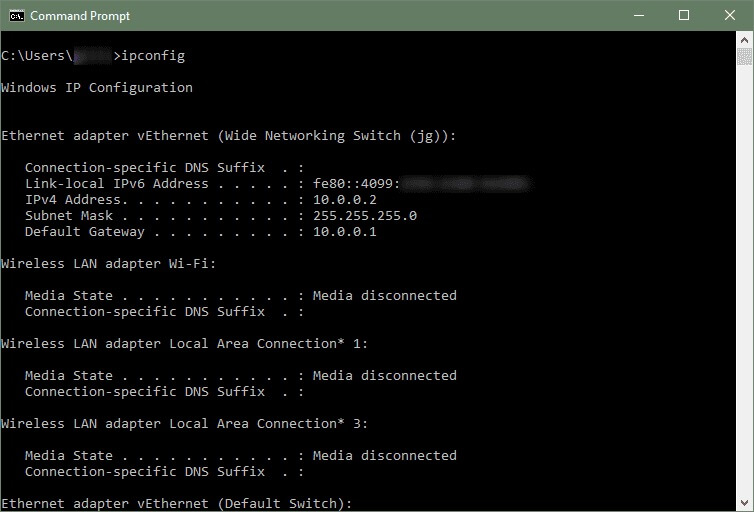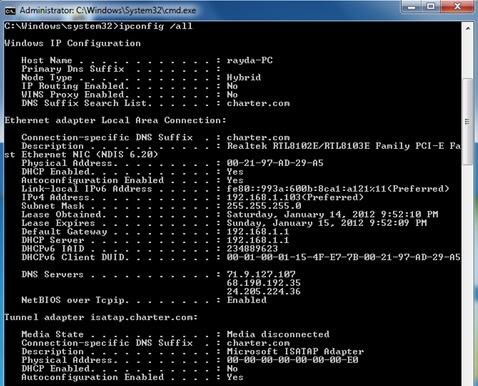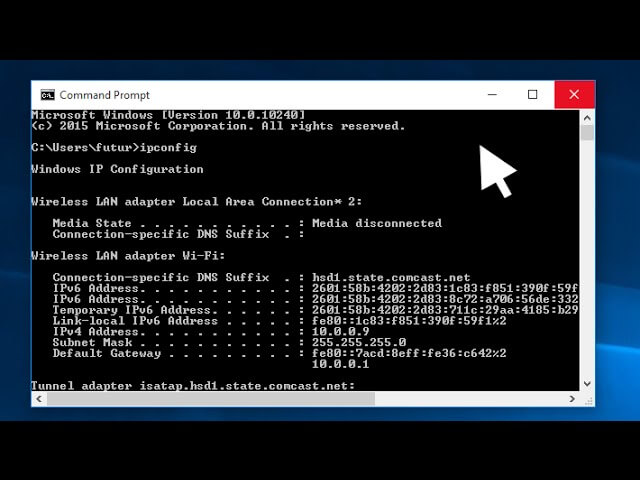Table of Contents
What is CMD?
The CMD is simply the Windows reassure, which permits the client to communicate with the framework through orders ( order line interface ).
To get to the comfort simply go to the beginning and quest for “cmd” or press the “windows + R key” and in the window that shows up state “cmd” and run. When this is done our support will show up.
After this little presentation, we can proceed to clarify this first order.
IPCONFIG
Composing this order on the reassure and sending it, we will have as answer from the working framework, all the information identifying with the system cards of the PC and the relative configuration.
From here thusly we can perceive what is the IP of our PC.


The information we can draw are:
- IPv4
- IPv6
- Subnet mask
- Default gateway
At the point when we need to know our IP it is helpful to utilize IPv4 on the grounds that it is shorter and simpler to remember.
By adding alternatives to the “ipconfig” order we can have different outcomes:
- With ipconfig/everything we can see all the information identified with the system of the PC and furthermore to the cards, yet with all the subtleties of the cards.
- We can likewise clear the DNS store through the ipconfig/flushdns order . This is helpful when there are “names” in the DNS store that allude to IPs that do not exist anymore or are wrong.
- At last with ipconfig/discharge “CARD NAME” and ipconfig/restore “CARD NAME” we can evacuate the IP configuration (discharge) and give another one consequently (recharge). Consideration, if not effectively executed these orders could prompt configuration mistakes!
Ipconfig/all example:


Users Choice: What Is A SQL Injection Database Attack and How Can It Cause Harm?

